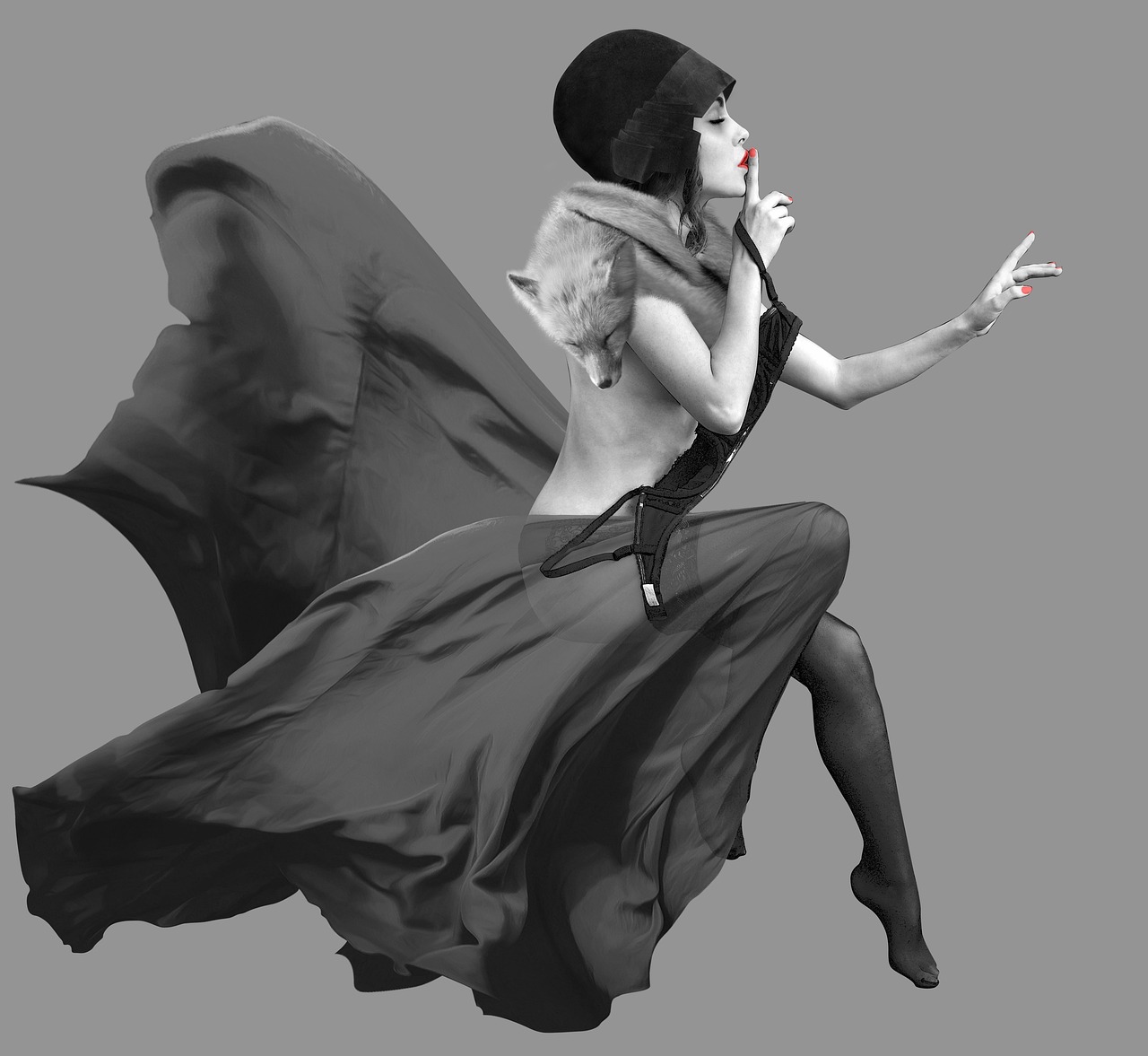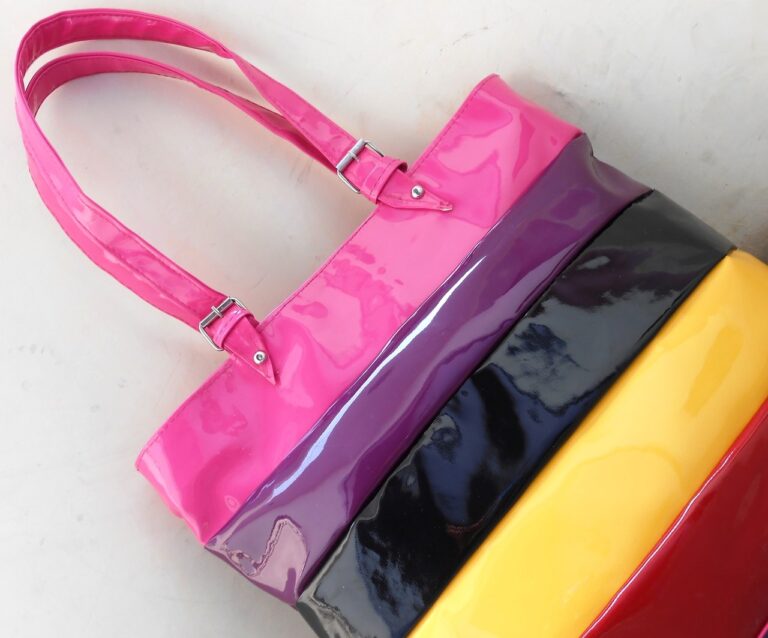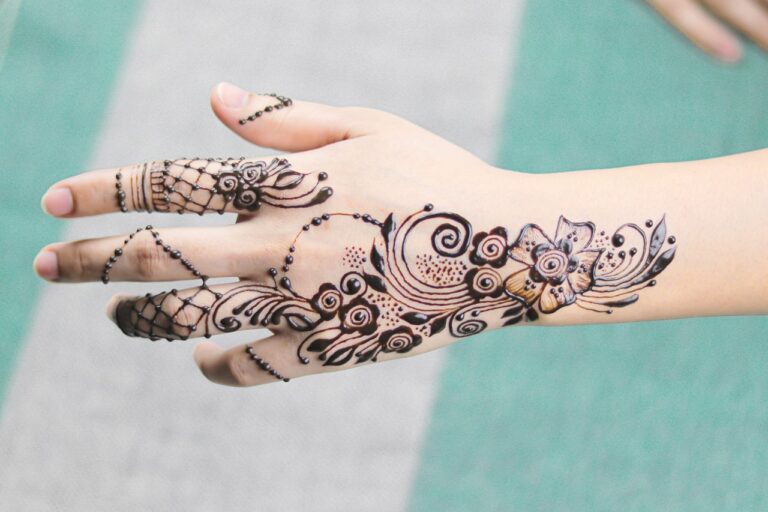The Business of Fashion: Navigating Trends and Consumer Behavior
Fashion trends are constantly evolving, influenced by various factors including cultural shifts, technological advancements, and even political events. These trends are not only reflected on the runways of high-end fashion shows but also filter down to everyday street style, impacting what we see in stores and on social media.
Understanding these trends requires a keen eye for detail and an awareness of the interconnected web of influences that shape them. Designers, influencers, and consumers all play a role in the cyclical nature of fashion, where past styles are often reimagined and reinterpreted to fit the current zeitgeist.
Analyzing Consumer Behavior
Consumer behavior plays a crucial role in shaping the fashion industry. The way individuals shop, make purchasing decisions, and engage with brands directly impacts the market trends and preferences. By understanding consumer behavior, fashion companies can tailor their products and marketing strategies to better resonate with their target audience.
With the rise of e-commerce and social media platforms, consumers now have more access to fashion trends and are influenced by a wider range of sources. Social media, in particular, plays a significant role in shaping consumer behavior in the fashion industry. The ability to see real-time fashion updates, styles, and influencers’ recommendations directly impacts the purchasing decisions of consumers, leading to rapidly changing trends and preferences in the fashion market.
Impact of Social Media on Fashion Industry
Digital platforms like Instagram, TikTok, and Pinterest have revolutionized the way the fashion industry operates. With the rise of social media influencers and bloggers, trends now spread like wildfire across the globe in a matter of seconds. Brands are able to connect with their target audience on a personal level, creating a sense of authenticity and relatability that traditional advertising struggles to achieve.
Social media has also democratized fashion, allowing individuals to showcase their unique style and influence trends without the need for a traditional platform. This has led to a diversification of fashion voices and perspectives, challenging the industry to be more inclusive and representative of different cultures and communities. Moreover, social media has enabled direct communication between consumers and brands, giving rise to a new era of transparency and accountability within the fashion industry.
How does social media influence fashion trends?
Social media platforms allow users to easily share and discover new fashion trends, creating a ripple effect that influences the industry as a whole.
Can social media help fashion brands analyze consumer behavior?
Yes, social media provides valuable insights into consumer preferences, shopping habits, and feedback on products, helping brands make data-driven decisions.
What specific impact does social media have on the fashion industry?
Social media has revolutionized the way fashion brands market their products, connect with consumers, and stay relevant in a fast-paced industry.
How can fashion brands leverage social media to stay ahead in the industry?
By utilizing social media platforms effectively, fashion brands can engage with their target audience, build brand loyalty, and stay on top of the latest trends and consumer preferences.
Are there any potential drawbacks of social media on the fashion industry?
While social media offers numerous benefits, such as increased visibility and engagement, it also poses challenges like maintaining authenticity, dealing with negative feedback, and managing influencer partnerships.







